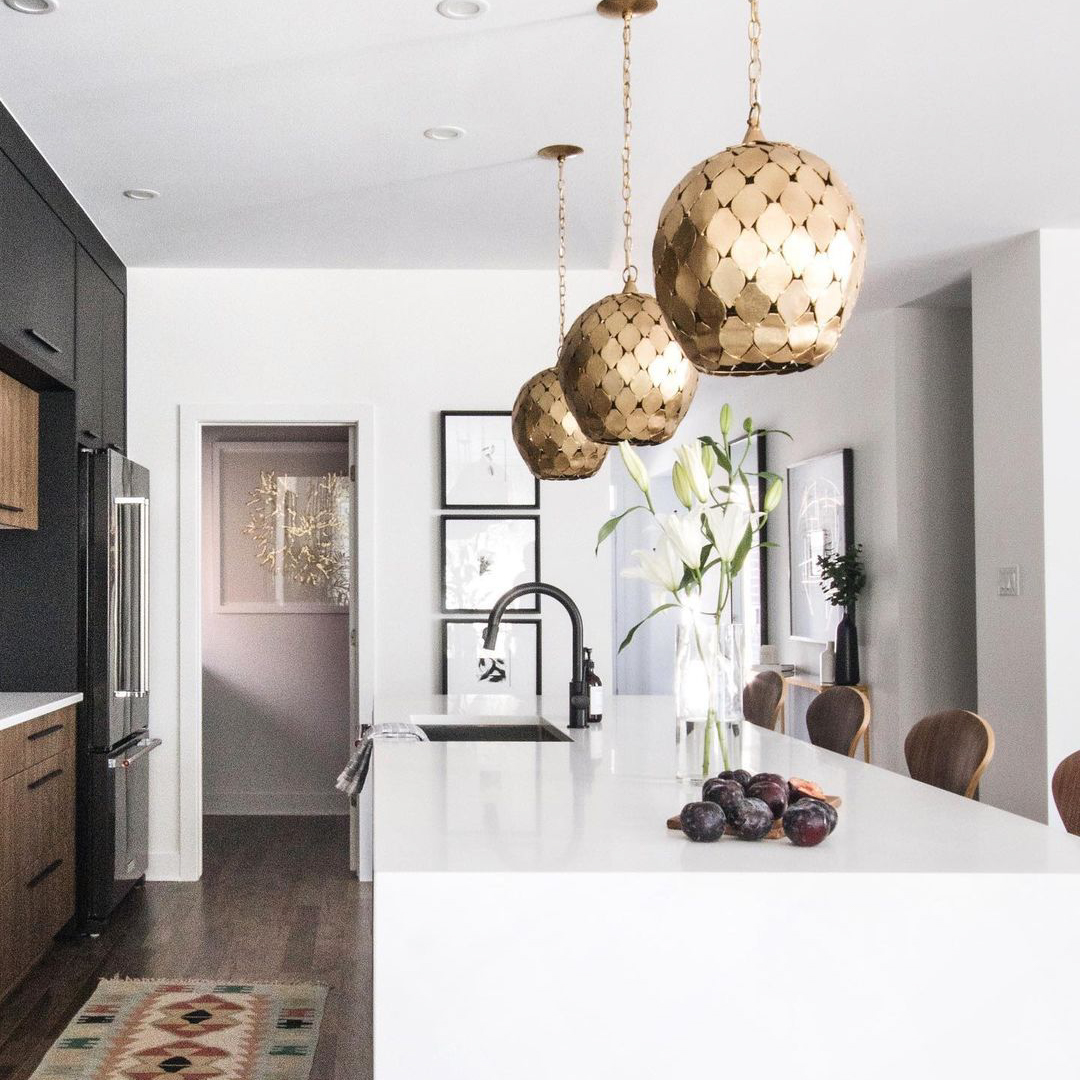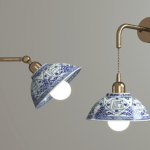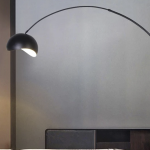
Introduction
Indoor agriculture has taken the world by storm in recent years, revolutionizing how we grow and consume food. However, indoor farming requires proper artificial lighting to replicate the sun’s natural light spectrum. This is where Dutch lighting technology comes in, providing an innovative and cost-effective solution for indoor growers.
What is Dutch Lighting?
Dutch lighting, also known as HPS (High-Pressure Sodium) lighting, is a technology that originated in the Netherlands in the 1960s. These bulbs emit an orange-yellow hue that replicates the sun’s spectrum, making them ideal for indoor farming applications.
Dutch lighting typically comes in two types of bulbs: single-ended and double-ended. Single-ended bulbs are widely available and offer a lower cost option for smaller scale growers. Double-ended bulbs, on the other hand, offer a higher output and longer lifespan, making them more suitable for larger scale indoor farming operations.
The Benefits of Dutch Lighting
One of the key benefits of Dutch lighting is its efficiency. HPS bulbs have a high photon flux density, which means they have a high output of usable light energy. This not only helps plants grow faster and stronger, but it also reduces energy consumption, making it a more eco-friendly solution for indoor growers.
Another benefit of Dutch lighting is its cost-effectiveness. Although LED (Light Emitting Diode) lighting has gained popularity in recent years, it can be expensive to install and maintain. HPS bulbs, on the other hand, provide a cost-effective solution for indoor farming operations, especially for larger scale growers.
Moreover, Dutch lighting has been proven to increase crop yields and improve plant quality. The orange-yellow spectrum that HPS bulbs emit has been shown to enhance the growth and development of plants, providing them with the necessary light energy to flourish.
Challenges and Limitations
Although Dutch lighting has many benefits, it also has its limitations. One of the main challenges is heat management. HPS bulbs emit a lot of heat, which can be problematic for indoor growers, especially those who operate in areas with warmer climates. Proper ventilation and cooling systems must be put in place to prevent plant damage from excess heat.
Another limitation of Dutch lighting is its limited light spectrum. Although HPS bulbs emit a similar spectrum to the sun, it is not as comprehensive as other lighting technologies such as LED, which can provide a wider range of colors and wavelengths. This can limit the types of crops that can be grown under Dutch lighting.
The Future of Dutch Lighting
Despite its limitations, Dutch lighting continues to be a popular and effective solution for indoor farming. Advancements in technology, such as the development of digital ballasts and advanced cooling systems, have made it easier for growers to manage the heat generated by HPS bulbs.
Moreover, hybrid lighting, which combines both HPS and LED technology, is gaining popularity in the indoor gardening community. By combining the benefits of both lighting technologies, hybrid lighting can provide growers with a more comprehensive light spectrum, improving plant quality and crop yields.






